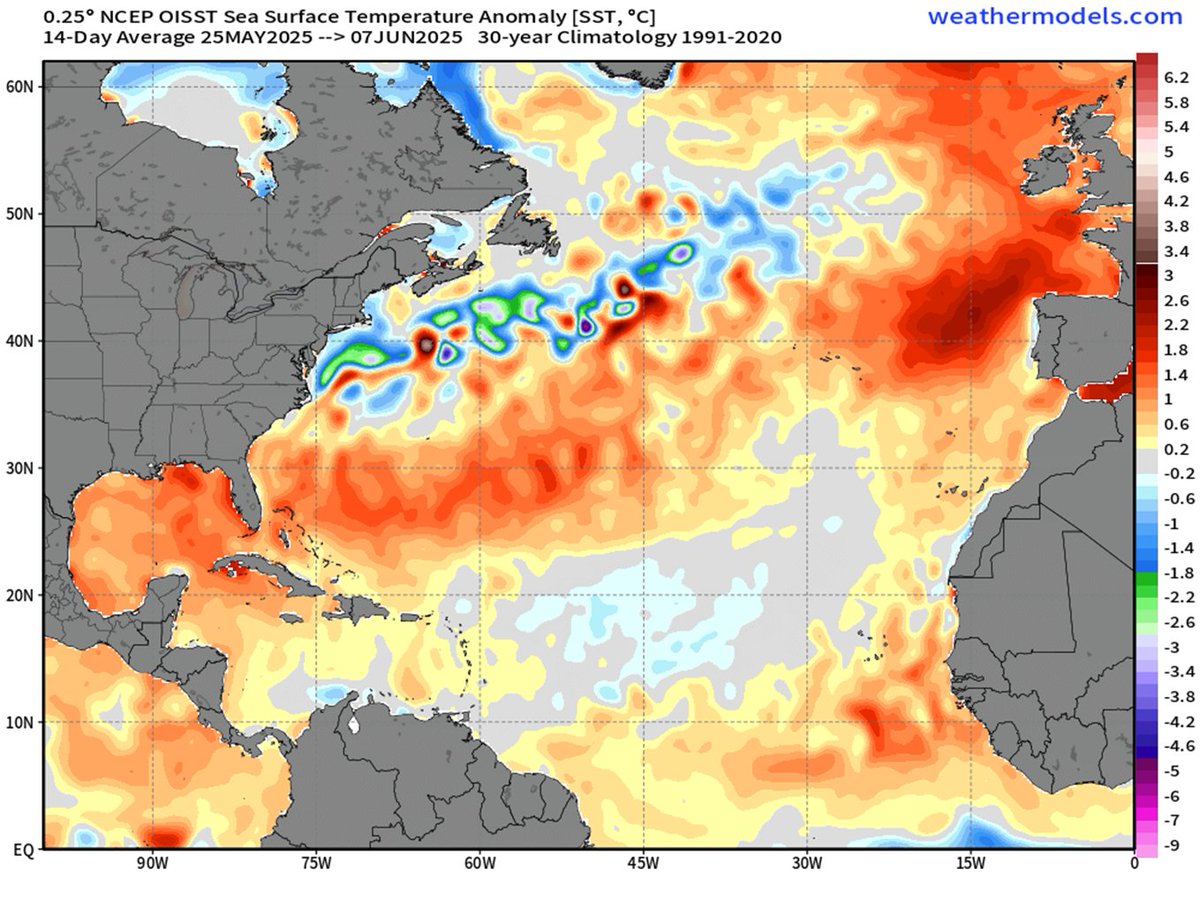
Philip Klotzbach
@philklotzbach
Meteorologist at CSU specializing in Atlantic basin seasonal hurricane forecasts. Avid runner, cyclist and hiker. Appalachian Trail thru-hiker in 2002.
ID: 58203491
http://tropical.colostate.edu 19-07-2009 14:10:16
12,12K Tweet
65,65K Followers
1,1K Following


Atlantic seasonal #hurricane forecast update from Colorado State University continues call for an above-normal season: 17 named storms, 9 hurricanes & 4 major hurricanes. Relatively warm Atlantic and likely absence of #ElNino are the primary factors. tropical.colostate.edu/Forecast/2025-…



Thanks to generous support from Insurance Information Institute, IAA, Commodity Wx Group, Ironshore Insurance, Gallagher Re and the Weatherboy that allow CSU's #hurricane forecasts to continue.











Thanks to generous support from Insurance Information Institute , IAA , Commodity Wx Group , Ironshore Insurance , Gallagher Re and the Weatherboy that allow CSU's #hurricane forecasts to continue.














